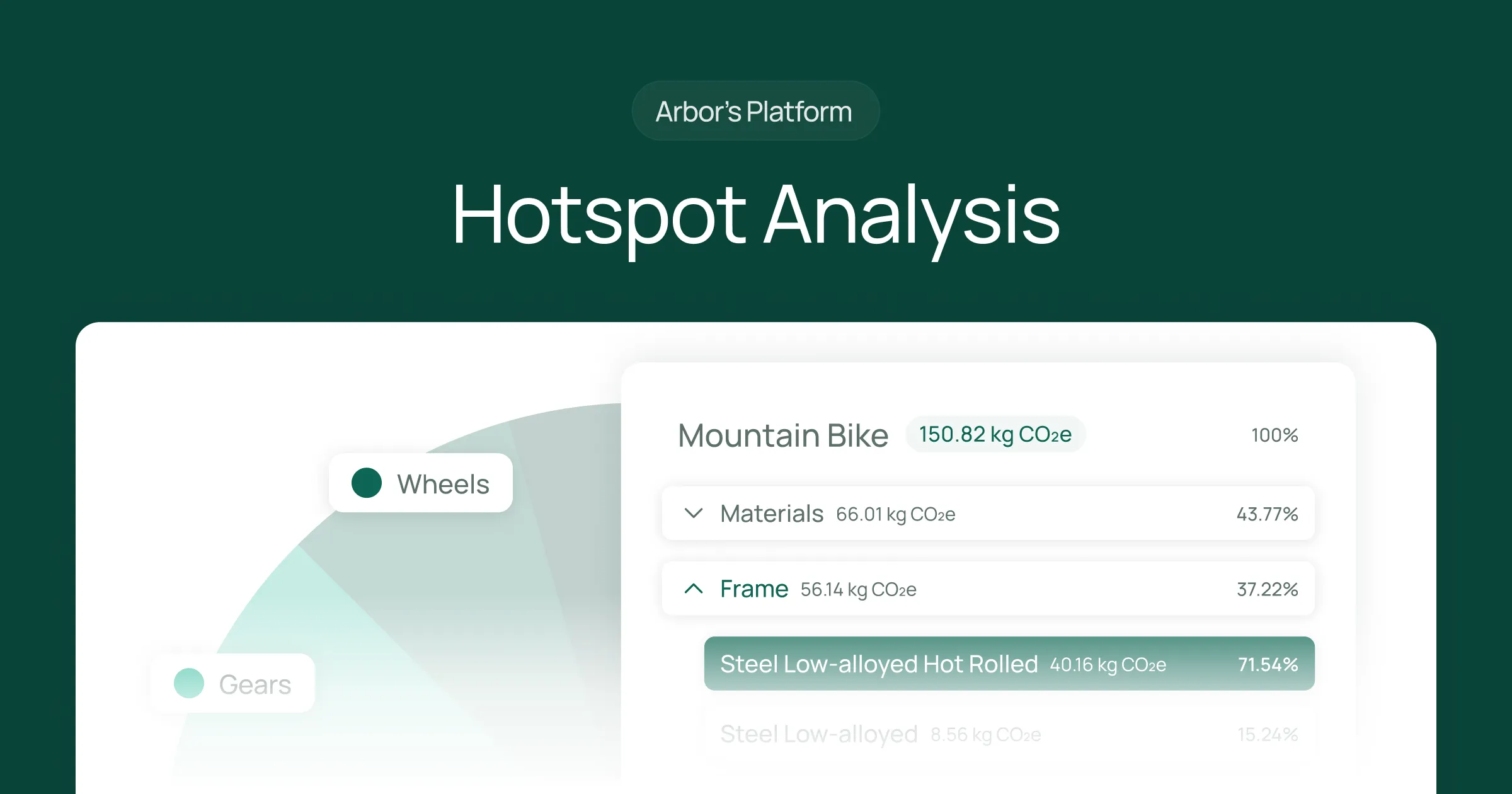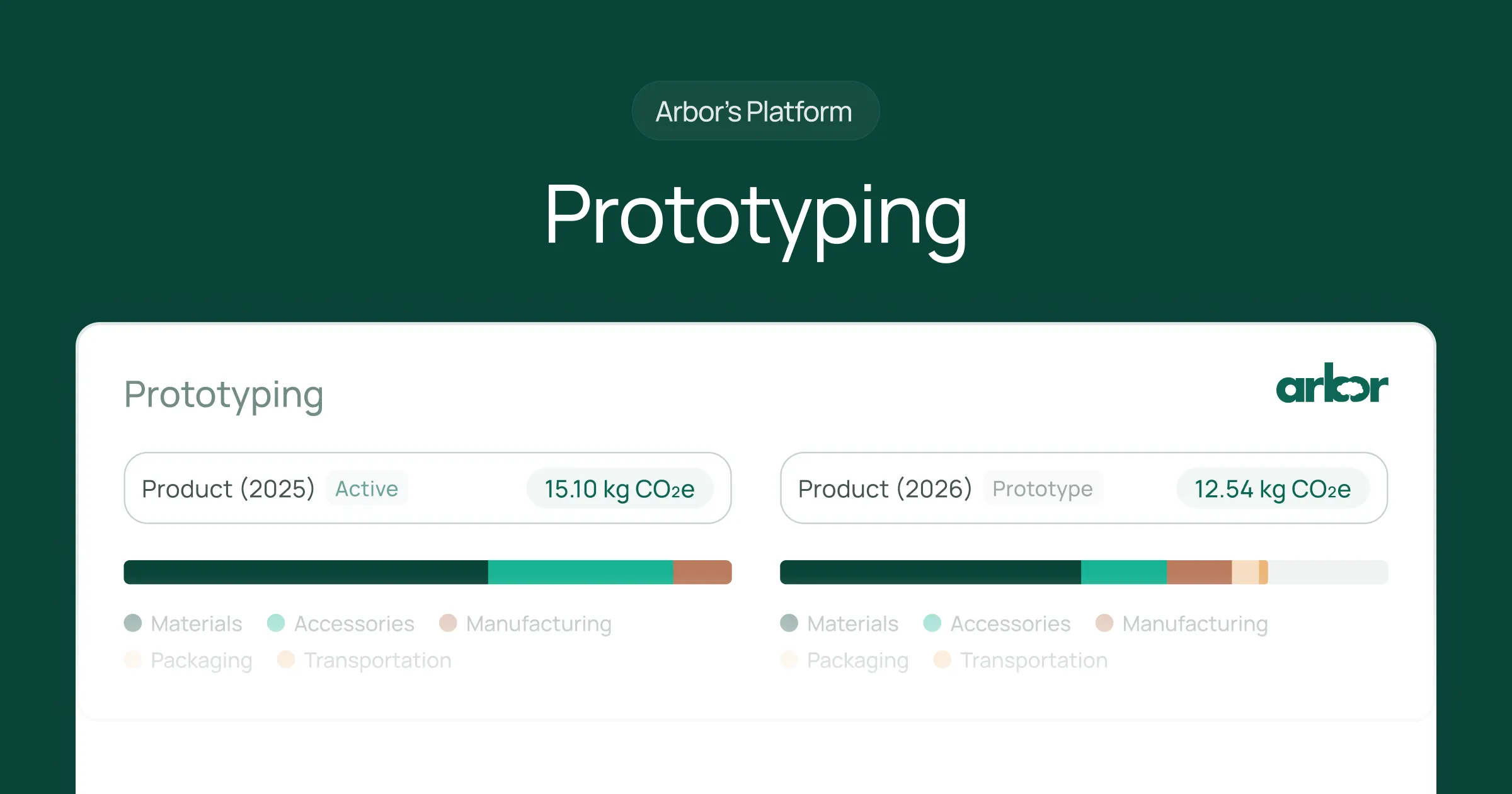Understanding the concept of Scope 2 emissions is crucial for any individual or organization seeking to manage their carbon footprint effectively. Scope 2 emissions, as defined by the Greenhouse Gas (GHG) Protocol, refer to indirect emissions from the generation of purchased electricity, steam, heating, and cooling consumed by the reporting entity. These emissions occur at the facility where the energy is generated, not where it is consumed.
Scope 2 emissions are one of three 'scopes' of emissions outlined by the GHG Protocol, the other two being Scope 1 (direct emissions from owned or controlled sources) and Scope 3 (all other indirect emissions that occur in a company's value chain). This article will delve into the intricacies of Scope 2 emissions, exploring their definition, calculation, reporting, and strategies for reduction.
Understanding Scope 2 Emissions
Scope 2 emissions are a critical component of a company's total greenhouse gas emissions. They are generated during the production of energy, which is then purchased and consumed by an organization. These emissions are considered 'indirect' because they are produced by an external entity (the energy provider), but are driven by the energy consumption of the reporting entity.
For example, if a company purchases electricity from a coal-fired power plant, the emissions produced during the combustion of coal are considered the company's Scope 2 emissions. Similarly, if a household uses electricity supplied by a wind farm, the emissions (if any) produced during the generation of that electricity are the household's Scope 2 emissions.
Importance of Scope 2 Emissions
Understanding and managing Scope 2 emissions is vital for organizations for several reasons. Firstly, these emissions often represent a significant proportion of an organization's total carbon footprint. This is especially true for companies in sectors such as retail, IT, and services, where direct emissions (Scope 1) are typically low, but energy consumption is high.
Secondly, Scope 2 emissions are generally easier to reduce than Scope 1 emissions, as they can be lowered by purchasing energy from renewable sources or improving energy efficiency. Therefore, they represent a key opportunity for organizations to reduce their overall emissions.
Distinction from Scope 1 and Scope 3 Emissions
While Scope 2 emissions are caused by an organization's energy consumption, Scope 1 and Scope 3 emissions are different. Scope 1 emissions are direct emissions from sources owned or controlled by the organization, such as emissions from company vehicles or factories. These emissions are typically harder to reduce, as they often require significant changes to business operations.
On the other hand, Scope 3 emissions are all other indirect emissions that occur in an organization's value chain. This includes emissions from business travel, employee commuting, waste disposal, and the production and procurement of purchased goods and services. These emissions can be challenging to calculate and manage, as they often involve complex supply chains and multiple external entities.
Calculating Scope 2 Emissions
Calculating Scope 2 emissions involves determining the amount of energy consumed by an organization and then multiplying this by the emission factor of the energy source. The emission factor represents the amount of GHG emissions produced per unit of energy, and varies depending on the energy source. For example, coal has a higher emission factor than natural gas, and renewable energy sources such as wind and solar have an emission factor closer to zero.
Market-Based and Location-Based Methods
The GHG Protocol provides two methods for calculating Scope 2 emissions: the market-based method and the location-based method. The market-based method reflects the emissions from the specific energy sources that an organization chooses to purchase, while the location-based method reflects the average emissions intensity of the grid where the energy is consumed.
For example, if a company purchases green energy certificates (which guarantee that a certain amount of energy is generated from renewable sources), these purchases would be reflected in the market-based calculation, but not in the location-based calculation. This allows organizations to demonstrate the impact of their energy purchasing decisions on their carbon footprint.
Challenges in Calculation
While the calculation of Scope 2 emissions may seem straightforward, it can be complex in practice. One challenge is obtaining accurate energy consumption data, especially for large organizations with multiple facilities. Another challenge is choosing appropriate emission factors, as these can vary depending on the time of day, season, and geographical location.
Furthermore, the market-based method requires information on the specific energy sources purchased by the organization, which may not always be available or transparent. Despite these challenges, accurate calculation of Scope 2 emissions is essential for effective carbon management.
Reporting Scope 2 Emissions
Reporting Scope 2 emissions is a key part of an organization's sustainability reporting. This involves disclosing the amount of Scope 2 emissions produced by the organization in a given period, usually annually. The GHG Protocol provides a standardized framework for this reporting, which is widely used by organizations around the world.
Reporting Scope 2 emissions not only demonstrates an organization's commitment to transparency and accountability, but also allows stakeholders including investors, customers, and employees, to understand the organization's environmental impact. This can enhance the organization's reputation, attract investment, and drive customer loyalty.
GHG Protocol Standards
The GHG Protocol provides comprehensive standards for reporting Scope 2 emissions. These standards require organizations to report both market-based and location-based emissions, to reflect the impact of their energy purchasing decisions and the emissions intensity of their local grid. The standards also provide guidance on how to calculate and report Scope 2 emissions from different types of energy, including electricity, steam, heating, and cooling.
Furthermore, the GHG Protocol standards encourage organizations to report emissions from renewable energy purchases separately, to highlight their efforts to reduce their carbon footprint. This can be done using instruments such as renewable energy certificates (RECs) or guarantees of origin (GOs).
Verification and Assurance
Verification and assurance are important aspects of Scope 2 emissions reporting. Verification involves an independent third party checking the accuracy of the reported emissions, while assurance involves providing a statement of confidence in the reporting. Both processes help to ensure the credibility and reliability of the reported data.
Many organizations choose to have their Scope 2 emissions verified and assured by external bodies, such as certification agencies or auditing firms. This not only enhances the credibility of their reporting but also helps to identify any errors or inconsistencies in their data, which can be addressed to improve future reporting.
Reducing Scope 2 Emissions
Reducing Scope 2 emissions is a key strategy for organizations seeking to lower their carbon footprint. There are several ways to achieve this, including improving energy efficiency, switching to renewable energy sources, and purchasing carbon offsets.
Improving energy efficiency involves reducing the amount of energy consumed by the organization, through measures such as installing energy-efficient lighting or equipment, optimizing heating and cooling systems, or implementing energy management systems. This not only reduces Scope 2 emissions but also saves costs.
Switching to Renewable Energy
Switching to renewable energy is one of the most effective ways to reduce Scope 2 emissions. This involves purchasing energy from renewable sources, such as wind, solar, hydro, or biomass. This can be done directly, by installing renewable energy systems on-site, or indirectly, by purchasing green energy certificates or entering into power purchase agreements (PPAs) with renewable energy providers.
Switching to renewable energy not only reduces Scope 2 emissions, but also supports the transition to a low-carbon economy, creates jobs, and reduces reliance on fossil fuels. However, it can require significant upfront investment and may not be feasible for all organizations, especially those in regions with limited renewable energy resources.
Purchasing Carbon Offsets
Purchasing carbon offsets is another strategy for reducing Scope 2 emissions. This involves investing in projects that reduce, avoid, or sequester GHG emissions, such as reforestation projects, methane capture projects, or renewable energy projects. These projects offset the emissions produced by the organization's energy consumption, effectively reducing its Scope 2 emissions.
However, purchasing carbon offsets should not be seen as a substitute for reducing emissions at source. It should be part of a comprehensive carbon management strategy that includes efforts to reduce both direct and indirect emissions. Furthermore, it is important to ensure that the offset projects are credible and verified, to ensure that they truly contribute to emission reductions.
Scope 2 emissions are a critical component of an organization's carbon footprint, representing the indirect emissions from the generation of purchased energy. Understanding, calculating, reporting, and reducing these emissions is essential for effective carbon management and sustainability.
While the calculation and reporting of Scope 2 emissions can be complex, they provide valuable insights into an organization's environmental impact and opportunities for reduction. By taking steps to reduce their Scope 2 emissions, organizations can not only lower their carbon footprint, but also enhance their reputation, attract investment, and drive customer loyalty.
Want to learn even more? Read our latest guide on Scope 1, 2, and 3 Emissions. Or check out a deep dive on each individual scope! Scope 1 Emissions, Scope 2 Emissions or Scope 3 Emissions.
Ready to take control of your company's Scope 2 emissions and lead the way in sustainable business practices? Arbor's carbon management platform offers the precision and ease you need to navigate the complexities of carbon accounting. With our Carbon Calculator, you can pinpoint the material-level impact of your products, while our Carbon Reporting tool ensures you stay ahead of climate legislation. Gain actionable insights with Arbor and transform the way your company addresses its carbon footprint. Don't let stakeholder pressure or regulatory risks hold you back.
Request a demo today and start your journey towards a clearer, greener future
Measure your carbon emissions with Arbor
Simple, easy carbon accounting.





.webp)
%20Directive.webp)


.webp)











%20Arbor.avif)





%20Arbor.avif)


.avif)






%20Arbor%20Canada.avif)

.avif)
%20Arbor.avif)
.avif)






_.avif)
.avif)
%20Arbor.avif)




%20Software%20and%20Tools.avif)





.avif)
.avif)




%20EU%20Regulation.avif)












.avif)


%20Arbor.avif)









_%20_%20Carbon%20101.avif)







.avif)

.avif)
.avif)








